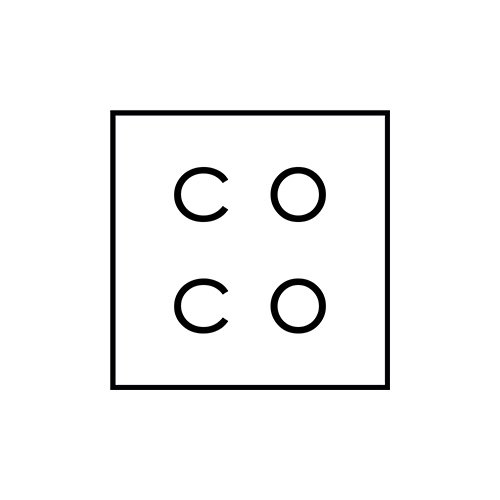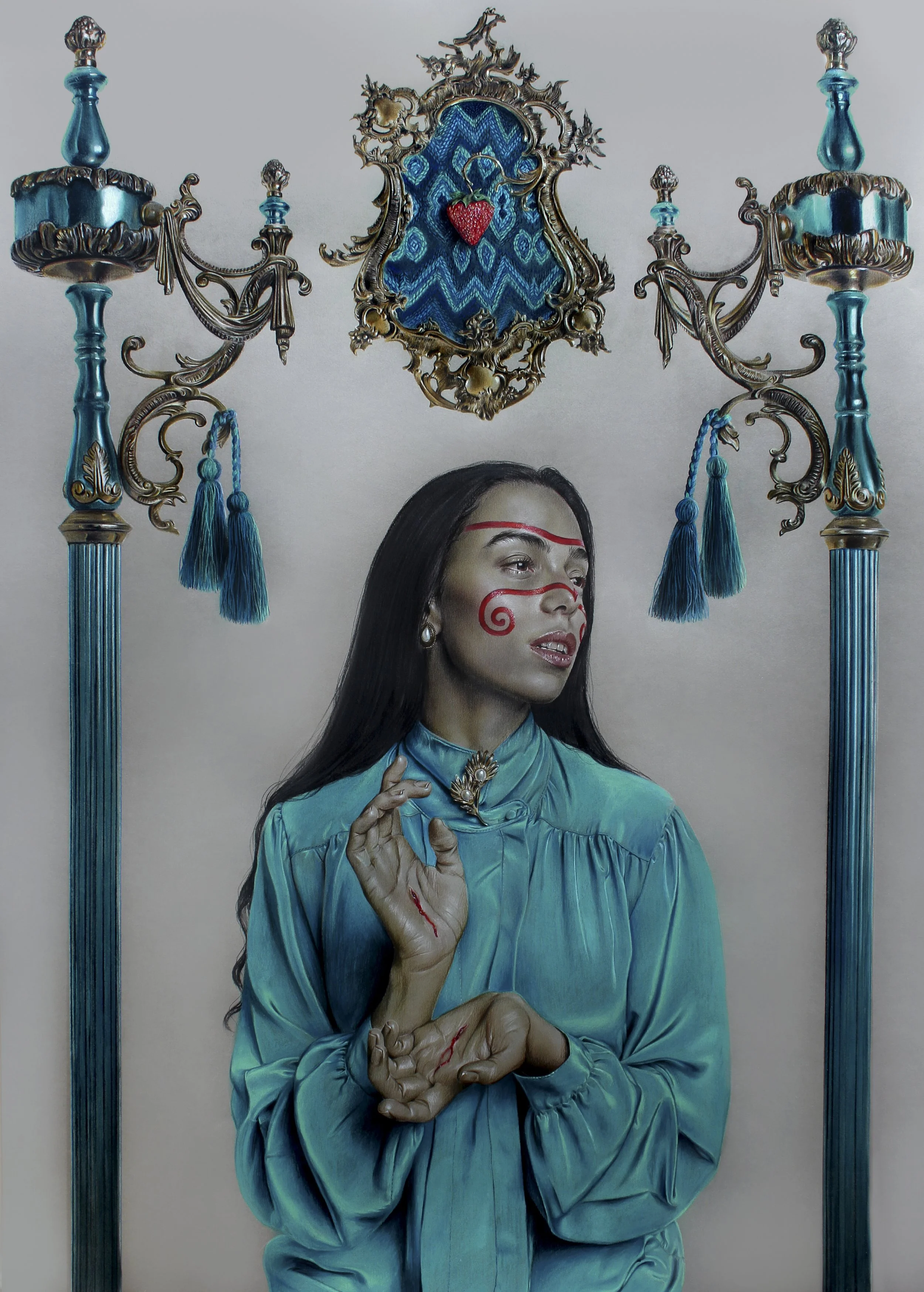Three From Chile
Three From Chile
Santibáñez, Cavagnaro, and Gellona: Narrative, Iconography and Vision
These three South American artists possess great technical skill and fertile imaginations. They are each deeply rooted in a sort of symbology and cultural iconography which crosses ethnological divisions. All three manage to maintain a graceful sense of aesthetic values while communicating an often blood soaked narrative. They are, individually, an incredibly rare find, unicorns even, and I am incredibly grateful to work them.
S. Conde
Pablo Santibáñez Servat
The work of Pablo Santibáñez Servat is a magical synthesis of occidental and indigenous visuals intrinsic to the Americas. Born in Uruguay to Chilean parents of European and Native American descent, the artist himself is a uniquely American amalgamation.
Santibáñez Servat often weaves ancient symbols with contemporary images as though no time has lapsed; he creates his own symbolic language, which seems to deny the very concept of time or at least the beginning and ending of eras, suggesting instead the coexistence of epochs or congruence of time. More...
Giovanni Gellona
Gellona makes a concerted effort to pull back from the dystopian fantasy cum reality so often thrust upon us, especially evident in the geopolitical environment of South America. Instead he focuses on the beauty of this world, combining his vision with a certain psychological alchemy, adding religious iconography and technical skill to create his own surreal world of unicorns, the exalted divine feminine, anthropomorphic demigod protectors, and the exquisitely drawn male form. His critiques of "the real world" are clear and no less stunningly executed than his more celebratory works. See "Miss Venezuela" and "Victory?".
Antonio Cavagnaro
Cavagnaro's scenes of wild orgiastic excess, painted in technicolor and perfectly executed savage brush strokes to match, demand to be understood. The narrative is fairly clear and his titles sufficiently orienting, but there is something else afoot. Cavagnaro speaks to the nature of man. His work reminds me of Luis Bunuel's film The Exterminating Angel, where wealthy, and one assumes powerful, guests gather for a dinner party. Trapped with no escape the guests turn, or return, into the animals they really are.
Only women seem to avoid the critical eye of Cavagnaro. The beasts, men and boys make direct eye contact with you, their gaze is locked on the viewer, whereas the women I've seen are all dreamy, ethereal and looking away. (I'll ask him about that tomorrow...)
While the conceptual nature of the work reads a bit heavy, the fact is that his critiques of the church and politics are joyous in their way; Cavagnaro is laughing, and it shows.










